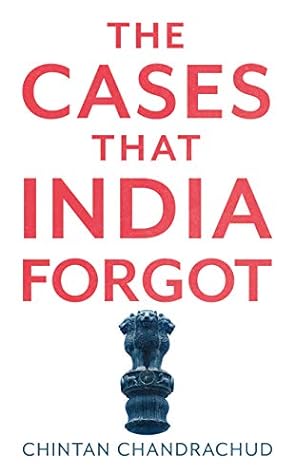More on this book
Community
Kindle Notes & Highlights
These special powers assumed four manifestations, which can colloquially be described as the licences to kill, destroy, arrest and search. The ‘licence to kill’6 was the most draconian of these provisions. It permitted a member of the armed forces to fire upon or kill any person who violated a law or an order: (a) that prohibited the assembly of five or more people, or (b) that prohibited carrying weapons or explosives. The threshold to invoke this licence was especially low and vague.
The ‘licence to destroy’ permitted the destruction of not only any arms dump, but also any structure used as a training camp, or simply a hideout, by armed gangs. Then there was the ‘licence to arrest’ any person suspected of having committed a cognizable offence (serious offences for which, under ordinary law, the police can make arrests without a warrant from a magistrate). Finally, the ‘licence to search’ enabled searches of any premises to make arrests or recover stolen property or ammunition. The AFSPA required that any person who was arrested by the armed forces be handed over to the
...more


